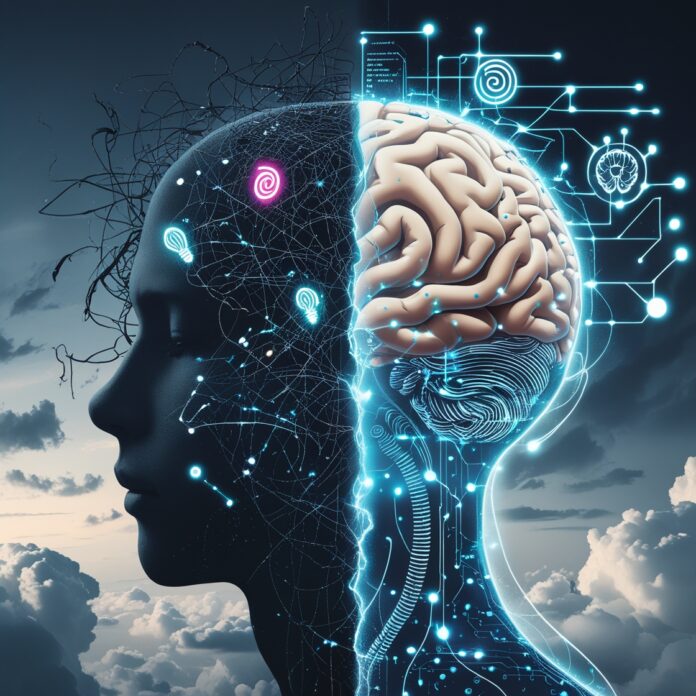In a world where stress, anxiety, and uncertainty hold sway over people’s minds, many come to feel that they are in a rut. Such habits as catastrophizing, overgeneralizing, or black-and-white thinking just to name a few, may undermine mental health, relationships, and productivity.
But here is the positive-side story: Artificial Intelligence (AI) is now so advanced that it can easily, if ever, only deal with the problem of identifying, understanding, and transforming these thoughts themselves. Using smart tools and data-driven insights, AI has been a silent revolution in our mental health management—especially in the case of brain remodeling for positivity and rebounding.
What Are Negative Thinking Patterns?
Before we start the exploration of how AI can assist, we should first recognize what the negative thinking patterns are.
These patterns often come from cognitive distortions—unrealistic thoughts that warrant negative feelings. So, for instance:
- Catastrophizing: Predicting only the worst possible situation will take place.
- Personalization: Holding oneself responsible for events that are beyond individual control.
- Mind reading: Being confident that you are aware of someone else’s opinion about you.
Without proper intervention, these distortions can aggravate to chronic anxiety, depression, low self-esteem, and even decision paralysis.
Why Rewiring Matters
Neuroplasticity is a thing, and it states that our grey matter is capable of being reshaped. With the correct techniques and sticking to them, it is feasible to rethink the negative thoughts and make them into balanced, empowering beliefs. This is where AI tools would be quite useful.
How AI Supports Rewiring Negative Thinking
1. AI-Powered Journaling & Mood Tracking
Apps as Reflectly, Daylio, and Youper utilizing AI technology to assist people to do daily journaling. With these tools, a record of your emotions was easily accessible, and their patterns were recognized, making yourself acquainted with your constant negative thoughts and triggers.
You may get questions like these: “What idea is hidden behind this feeling?” or “How another person would judge the case?”
In the end, AI may give you a hint about the healthy versions of your thoughts, following CBT (Cognitive Behavioral Therapy) principles.
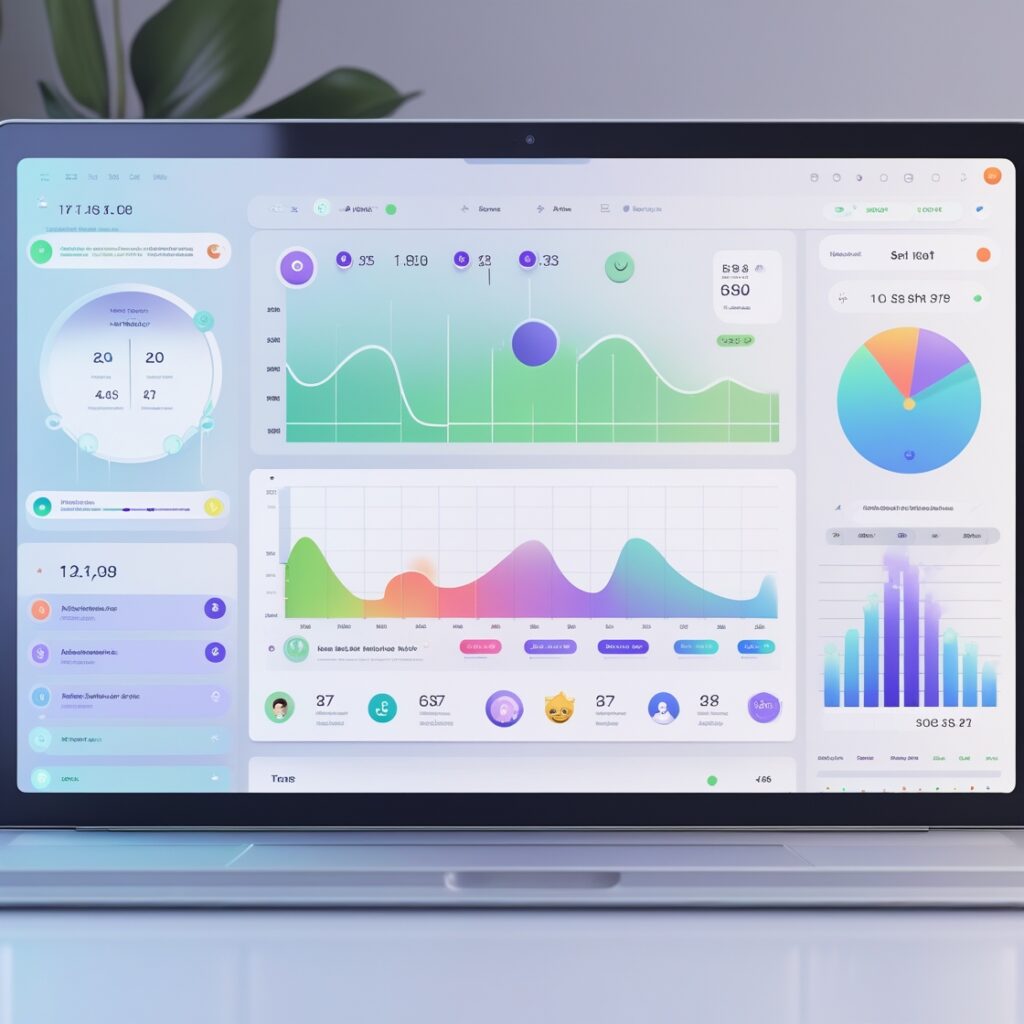
2. Chatbots for Cognitive Behavioral Therapy
AI-driven therapy bots like Woebot and Wysa replicate the experience of CBT sessions in a conversational format. These bots help users recognize thought distortions, reframe them, and develop coping strategies.
What’s impressive is the immediacy—unlike traditional therapy, these bots are available 24/7, offering support when you need it most.
They’ll ask: “What happened?” → “What were you thinking?” → “Let’s explore that thought together.”
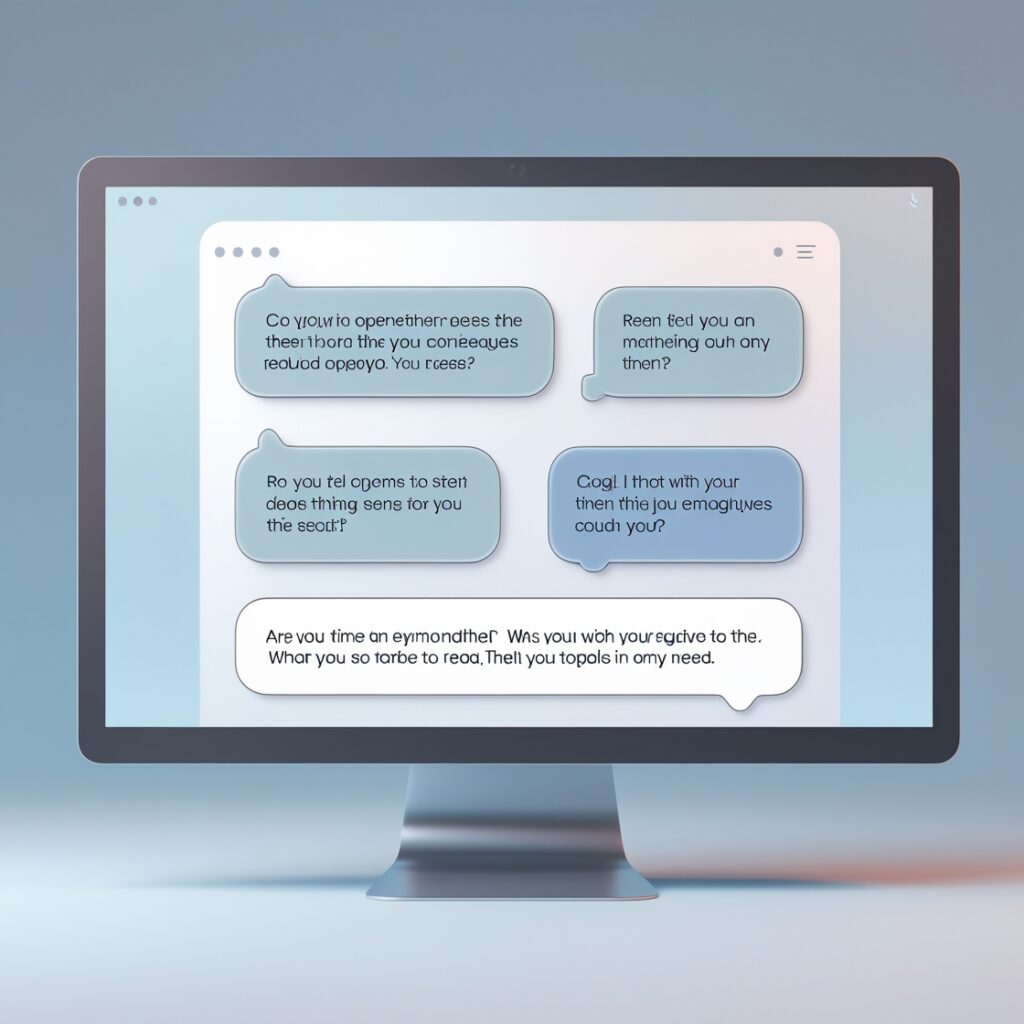
3. Emotion Recognition & AI-Personalized Feedback
Some platforms, such as Replika or Tess, take it a step further with emotion AI—analyzing your tone, text, or even facial expressions to detect shifts in mood or stress levels.
For instance, if you’re consistently using words that signal hopelessness or anger, the AI may guide you toward breathing techniques, reframing exercises, or simply a supportive conversation.
This personalized feedback loop accelerates emotional self-awareness and cognitive rewiring.
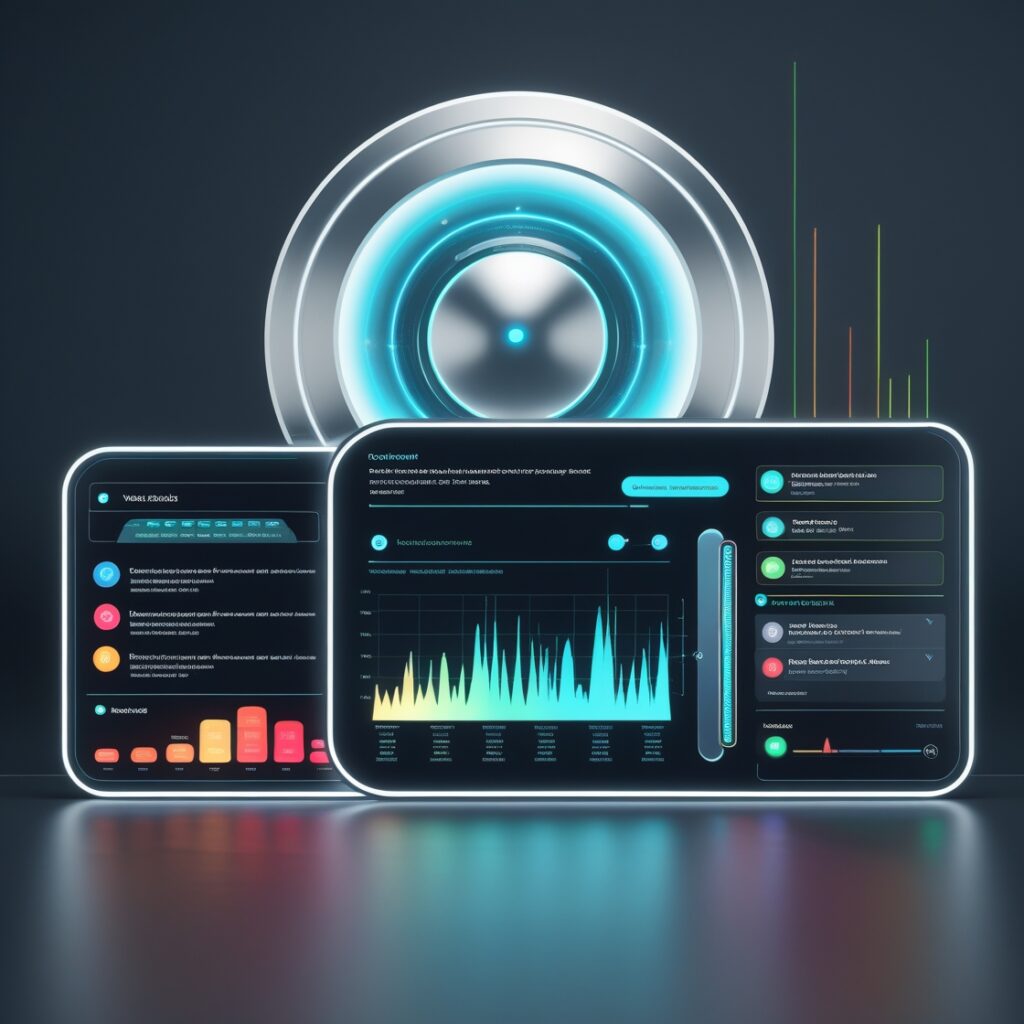
4. Goal-Setting & Habit Formation Tools
Negative thinking often holds people back from achieving goals or forming healthy habits. AI tools like Coach.me or Fabulous are designed to create structured, realistic pathways toward success.
These tools help rewire thought patterns by:
Breaking large goals into small wins
Sending reminders to reinforce consistency
Offering motivational insights based on behavioral data
As progress builds, self-doubt weakens and is replaced by a sense of achievement and forward motion.
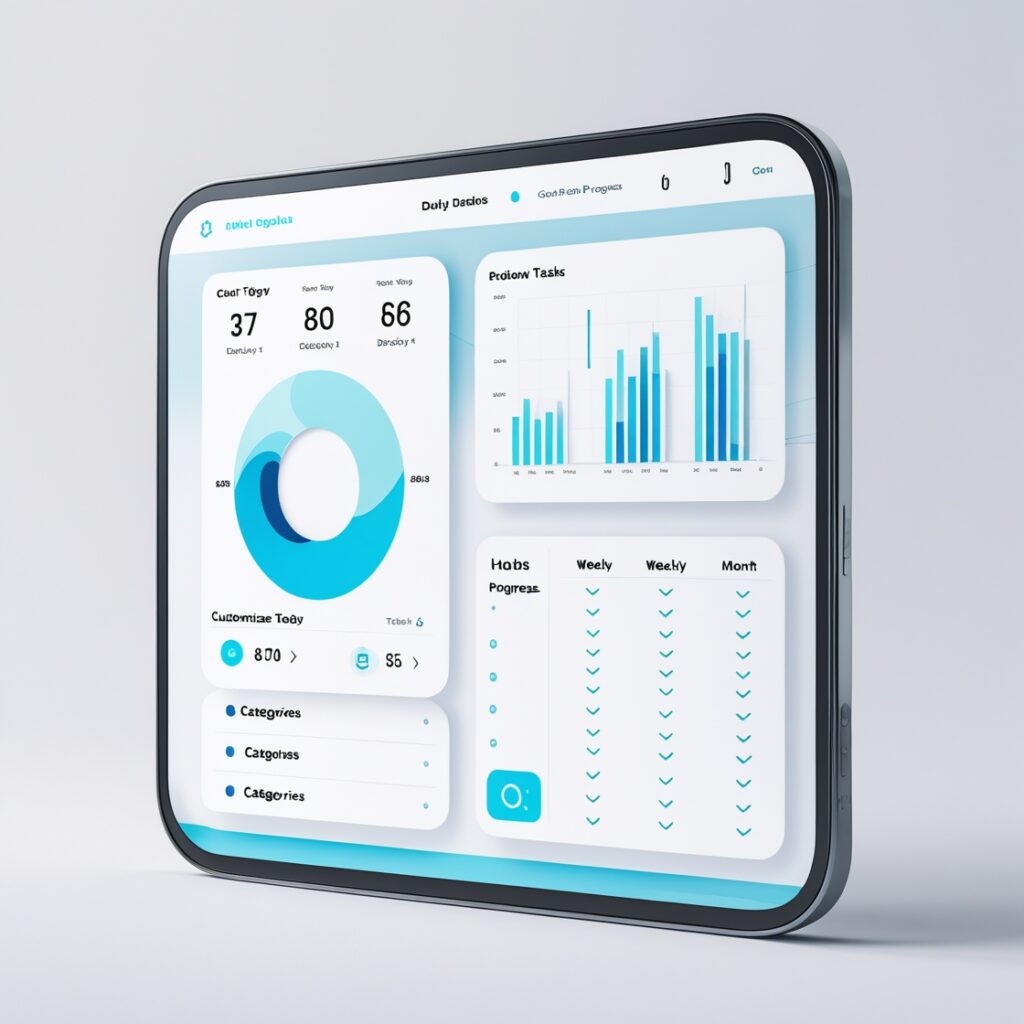
Integrating AI into Your Mental Wellness Routine
If you’re ready to give AI tools a try, here are practical ways to integrate them into your day-to-day:
✅ Start Small
Begin with one app or tool. Journaling for just 5 minutes a day can have measurable impact over time.
✅ Be Consistent
Neuroplasticity happens through repetition. Use these methods to easily remember daily or even weekly engagements with your selected tool.
✅ Track Progress
Review emotional trends and goal completion rates regularly. Observing progress further solidifies your switch to a lifestyle that is more positive.
✅ Combine with Mindfulness
Pair AI tools with meditation, breathing exercises, or gratitude journaling for a holistic approach.
✅ Seek Professional Help if Needed
AI isn’t a substitute for professional care. Think of it as a powerful complement to therapy or counseling.
Real-Life Success Stories
Many users have reported significant improvements in mood and mindset after consistent use of AI tools:
- A college student used Youper for six months and noticed a 40% drop in anxious thought spirals.
- A remote worker used Woebot daily to manage stress and avoid burnout.
- A mother of two used Reflectly to track gratitude, leading to improved emotional balance.
These stories highlight that rewiring negative thinking patterns is not just possible—it’s scalable and accessible.
Final Thoughts
AI is not here to replace human connection—it’s here to enhance our ability to better understand ourselves. By offering smart, personalized support, AI empowers us to reframe, relearn, and reclaim our thoughts from negativity.
If you’ve been battling negative thinking, perhaps it’s time to team up with technology. Your mind might just thank you for it.


